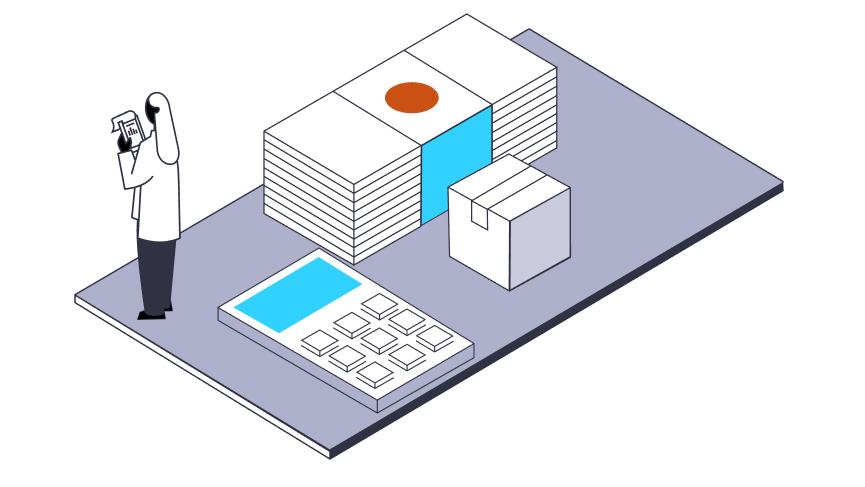Global impact of pricing strategies
Globally, 66% of consumers say they have changed how they buy within categories and brands during the COVID-19 pandemic, which has major implications for manufacturers and retailers. How has this impacted price elasticity and price sensitivity around the world?
Making strategic shifts
Consumers are employing new coping mechanisms to manage household budgets, such as purchasing products based solely on pricing and promotions (irrespective of brand), choosing the lowest price, and purchasing private label brands to save money. This trend does not seem to be vanishing, as 81% of global consumers say that they will continue to restructure their spending in 2021.
Consumers are making certain strategic shifts, like less frequent shopping or decreased basket sizes that can impact price elasticities. Meanwhile, in the name of health and safety, new trends have evolved recently, which made price elasticities stable or even lower for certain categories.
The full picture: Is price elasticity increasing?
When scrutinizing price elasticity changes both before and after the impact of COVID-19, NielsenIQ analysts have identified that average elasticities are comparable or lower than in pre-Covid and “new stable” periods. However, at the product/category level, there is a fair amount of variation.
The pandemic shaped new consumer needs, counterbalancing the growth of elasticities in total. Price elasticities in general are not changing, thus trends vary by category. Products that serve health, safety, and essential needs seem to have even lower elasticities. Businesses that assume price elasticity is uniformly increasing might be missing the more nuanced picture.




